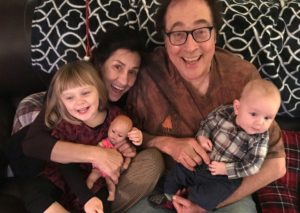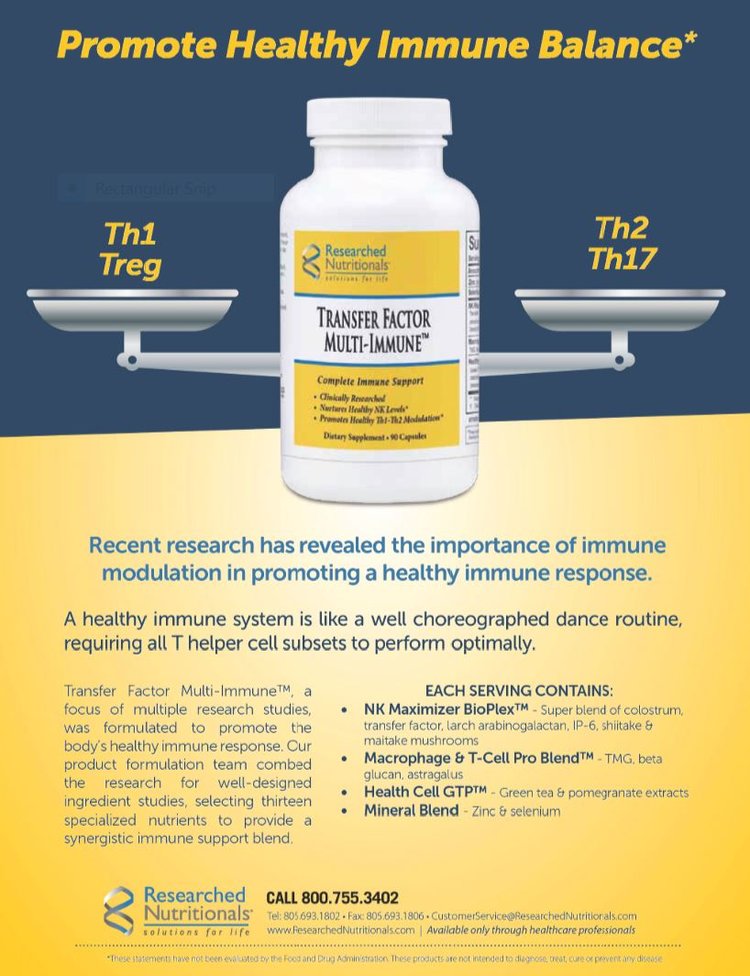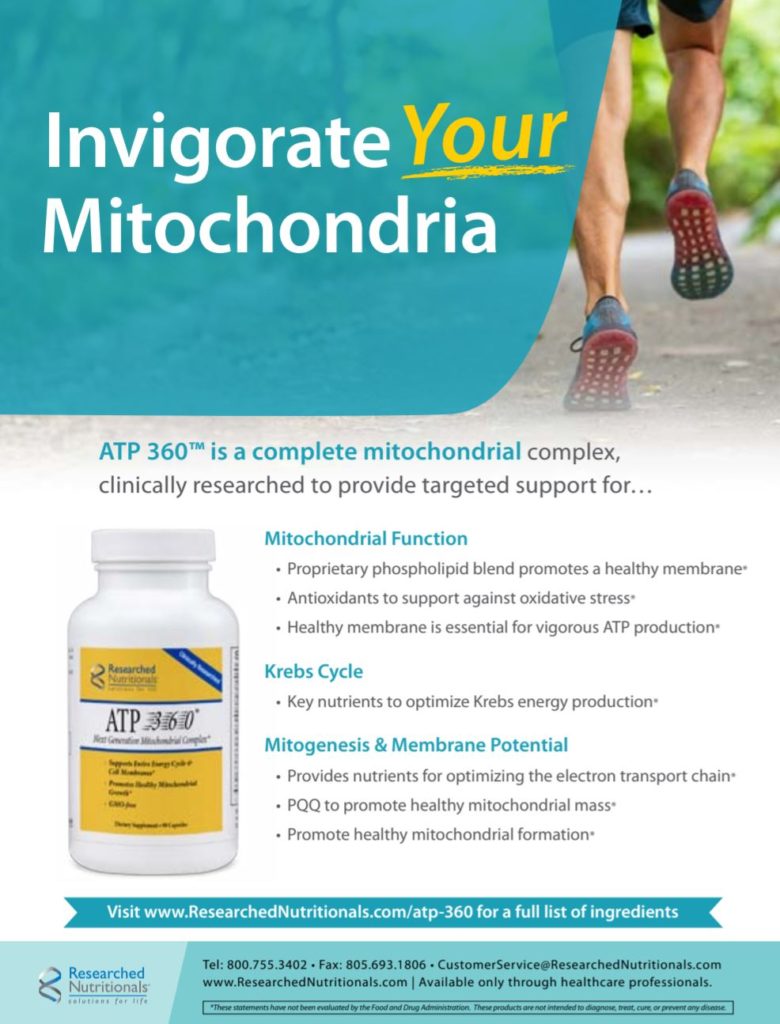The 2020 Pandemic or How Our World Has Been Turned Upside Down

and their grandbabies
For some of us fortunate enough to work from home, the past three months have been very strange and filled with inconvenience, but manageable, and a time to heal physically and spiritually. For the health professionals on the “front lines” in the ICUs and ERs or manning the ambulances, life has been an endless routine of donning PPE, assessing and managing patients with minimal breaks, then taking transportation home to remove contaminated clothing and avoiding contact with other family members. For a far larger part of the population who have lost their employment or have had their business shut, shelter-in-place has been an anxiety-ridden process of trying to figure out how the bills will be paid, and for not a few, how to pay for the next meal. And for those individuals who fare poorly when becoming ill, pneumonia requiring a ventilator is the ultimate of horror shows, with a majority of individuals battling for their life, frequently losing the war. The question on everyone’s mind is when will the pandemic end, when will life return to normal – but normal in the future will be very different.
Public policy has appropriately focused pandemic control by mandating social distancing, wearing masks while grocery shopping, and emphasizing washing hands and good hygiene. Because there is no vaccine for COVID-19, public health authorities consider there is no effective prevention. However, integrative medicine and naturopathic physicians disagree. Practitioners recommend the use of “higher” dose vitamin, mineral, and herbal supplements as supports to immune functioning. Despite the naysaying of critics, homeopathy is an important preventive support. Hydration, intravenous vitamin C, vitamins A and D, zinc, and elderberry are among the treatments important when first becoming ill. It is disgraceful that conventional medicine has consistently dismissed the value of nutrient supplementation; now such remedies are not even considered during the pandemic. A French medical report advised that the use of NSAIDs increased the risk of dying from COVID-19; a better question would be determining if those dying have lower vitamin C levels.
Early reports from Chinese doctors treating ICU patients in Wuhan indicated the value of intravenous ascorbic acid. For an individual who has not become seriously ill, such an infusion would likely be unavailable. Owen Fonorow, Thomas Hesselink, MD, and Jerry Nowlin were curious to determine how effective oral ascorbic acid would be in comparison to IV vitamin C. In 2012 Fonorow observed that glucose measurements using a glucometer would respond to changing levels of blood vitamin C. It was observed that administration of intravenous ascorbic acid would result in a higher glucose reading – the higher the IV ascorbic acid, the higher the glucose reading. In the experiment that Fonorow et al. did recently, they compared the glucometer readings over time of IV vitamin C to oral vitamin C. The study demonstrated that oral vitamin C resulted in glucose readings as high as those for intravenous vitamin C for the first 14 minutes. In fact, for the first 12 minutes the glucose readings after oral vitamin C were higher than intravenous vitamin C. Their report is published in this issue and was also e-published in March on our website.
Another question that needs answering is what makes the COVID-19 virus so vicious? In this issue Dr. Devaki Lindsey Berkson lays out the mechanisms for how the virus binds to cells in the respiratory tract initiating the process that leads to pneumonia. Apparently, this coronavirus has an affinity for the angiotensin converting enzyme 2 receptor also known as ACE 2 receptor. The lung parenchymal cells are loaded with these receptors making them the ideal binding site for cell entry. In other words, ACE 2 receptors facilitate preferential viral infiltration in lung tissue compared to the digestive tract or central nervous system. Effectively, when the virus binds to the ACE 2 receptor, the receptor is blocked and its role in maintaining parenchymal cell viability is compromised. Meanwhile, the COVID-19 virus is further facilitated by its spike proteins binding with furin enzymes. Berkson lays out other routes of entry for the coronavirus. Are there natural supports that inhibit these binding and entry mechanisms? Berkson cites a very important one that we implement in integrative medicine but goes largely unnoticed in conventional medicine – and is certainly ignored in the current pandemic.
We do well understanding the role integrative medicine plays in supporting one’s ability to prevent and treat COVID-19. We don’t do so well in distinguishing what works in conventional medicine and what doesn’t. By “we,” I mean those members of the alternative medical community who subscribe strongly to anti-establishment theories and who condemn establishment reports. There is a point to having a healthy amount of skepticism when examining the news and media reports. However, such skepticism has taken on a strong taint of stink when everything reported by the mainstream media is dismissed outright and labelled “fake news.” Even more worrisome is the championing and echoing of reports based on dubious sources and statistical manipulation. Recent reporting of the overwhelming chaos taking place in and outside New York City emergency rooms as well as in their intensive care units has been disbelieved by “citizen reporters” on YouTube who claim that “hospitals are empty”: www.youtube.com/watch?v=k9zJjzoYhwQ. Seriously?!? Could it possibly be that these NY ERs and ICUs are empty, and the news media are staging medical war zones for our entertainment? Throughout history there have always been those who deny murder, rape, and destruction, particularly if such denial suits the advantage of the denier. It is disgusting and outrageous that we do have individuals in the alternative medical community who would take on such a stance. We don’t need discord now – we need unity in fighting a common enemy.
Inflammation and Kidney Disease
Months before life changed with COVID-19, we planned to focus the June issue on inflammation. Of course, the severe acute respiratory syndrome of the virus develops following a massive cytokine storm of inflammation. Unfortunately, simply bringing out anti-inflammatory medication does not necessarily quiet such inflammation and some reports suggest that it might very well worsen. Yet, most of the strategies for managing COVID-19 in the ICU largely focus on treatment that attempts to increase oxygenation and reverse inflammation. If we turn our attention elsewhere, inflammation is central to understanding the pathophysiology of much of medicine. It is the underlying factor that fuels the disease process, be it atherosclerosis, cancer, neurologic disorder, infection, autoimmune disease, arthritis, etc. It would be very unusual to find any medical condition that is unaffected by inflammation. On that note I would like to introduce Dr. Jenna Henderson’s article in this issue, “Uremia and Inflammation.”
Long-time readers of the Townsend Letter are aware that Henderson has written a number of articles on the naturopathic approach to diagnosis and managing kidney disease. (Please look for her June 2019 article on our website.) We generally focus on blood urea nitrogen and creatinine when we think of uremia. However, Henderson reports that the urine “contains at least 3,079 different waste products,” some of which are the product of either our metabolism or our microbiome’s; but the vast majority are created from the drugs, cosmetics, and chemicals we use, imbibe, or otherwise absorb. The killer from Henderson’s viewpoint is not that these uremic waste products are elevated – it is that they inflame the endothelium of the vasculature leading to cardiovascular disease. Furthermore, these toxins provoke the immune system into generating a wide range of inflammatory factors that work synergistically with the toxins to cause not only cardiovascular damage but multi-tissue pathology.
One of the stumbling blocks in conventional medicine and naturopathy has been what sort of treatment and supplementation can be administered to a patient with advanced renal disease? Chelation therapy, for example, is contraindicated in such patients. Henderson offers some surprising strategies that support kidney functioning, potentially partially reversing the uremia.
The Link Between Oral Health and Systemic Inflammation
When I first embraced integrative and alternative medicine not too long after my medical school training, one of the first books I read was Weston Price, DDS’s Nutrition and Physical Degeneration. Published in 1939 it transformed my thinking on the role of diet on degenerative disease. It also challenged my thinking that contemporary dentistry and conventional medicine offered the best prospects for health and longevity. Of course, the early part of the 20th century was a very different world than the 21st – Price was able to examine people living in non-industrialized society who were self-sufficient, eating the same food their ancestors had eaten. Weston was impressed that across all cultures those people abiding by their traditional diets demonstrated remarkably healthy dentition; in contrast, individuals in developed nations consuming processed food and sugar not only revealed poor dental health but also suffered from a myriad of medical conditions. Moreover, Price deducted that poor oral health played an important role in causing systemic pathology. His experimentation revealed that when root canal teeth were implanted in healthy rabbits the animals would often manifest the same diseases found in humans. Regrettably, his work has been largely ignored both by the dental and medical professions; endodontists continue to do root canal work routinely.
Can we continue to ignore the relationship between oral health and systemic inflammation?

Blanche Grube, DMD, Leslie Douglas, PhD, and Anita Tibau tackle this question in this issue. A pioneer in biological dentistry, Hal Huggins, DDS, spent much of his career examining the role mercury amalgams had in causing neuropathology. He was very concerned with the adverse effect of root canals, detailing their role in causing illness in his book, It’s All in Your Head. Grube worked with Huggins, studying the bio-compatibility of dental materials used in restorations; not surprisingly, many compounds are toxic but continue to be used. Grube and Huggins also studied the oral microbiome finding a wide range of organisms not found elsewhere in the body. The “normal” diversity of microorganisms in the mouth is greatly altered when there are root canals and periodontal disease. Understanding the pathogenicity of the oral microorganisms has become a primary focus for Grube and her co-authors. Moreover, they offer dentists the opportunity to submit tissue from the teeth, gums, and removed restorations for PCR examination, yielding a report of a patient’s abnormal oral microbiology.
Perhaps the validation of disease-causing microorganisms may induce the dental profession to reconsider the use of root canals as well as other restoration procedures. Perhaps it will repair the schism between the dental and medical profession, recognizing that inflammation in the body may be the result of oral inflammation.






